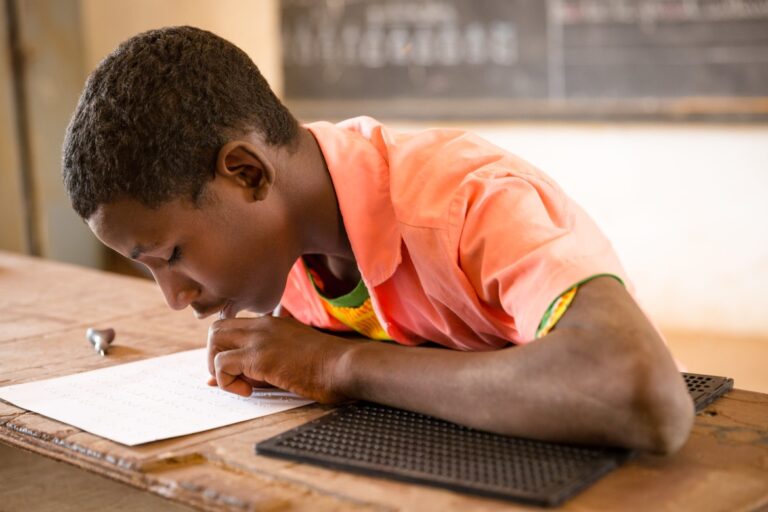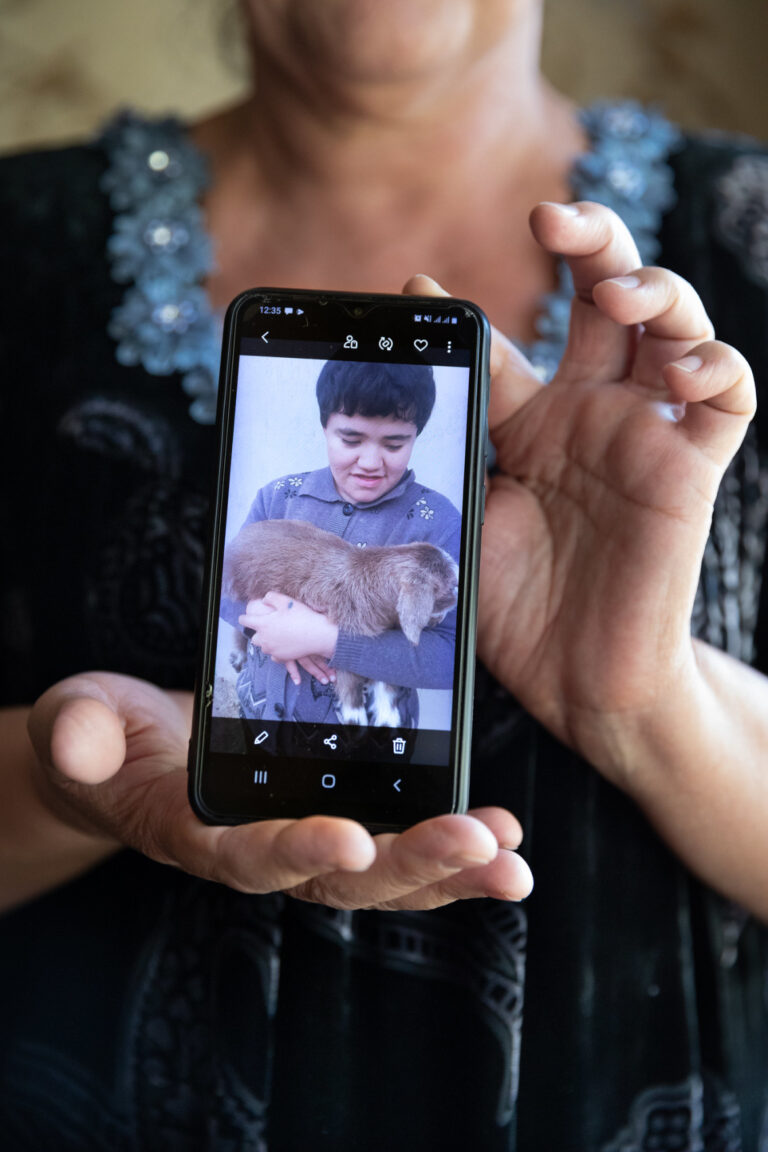OECD countries are committed to ensuring that their education systems are equitable for all students, which requires them to provide for groups with diverse needs. An important part of this task is to structure programmes for students with disabilities, difficulties, and disadvantages in a way that respects and protects these groups’ rights. This does not have clear-cut implications for the distribution of resources, since for many disabled students, for example, no amount of resources could produce outcomes equal to those of their non-disabled peers. Thus while this chapter provides an extensive international analysis of the allocation of resources to various groups (including by gender and age), these are indicators of the extent to which countries engage in a process of pursuing equity, rather than measuring progress towards an objective, well-defined standard.
Connect with us :



